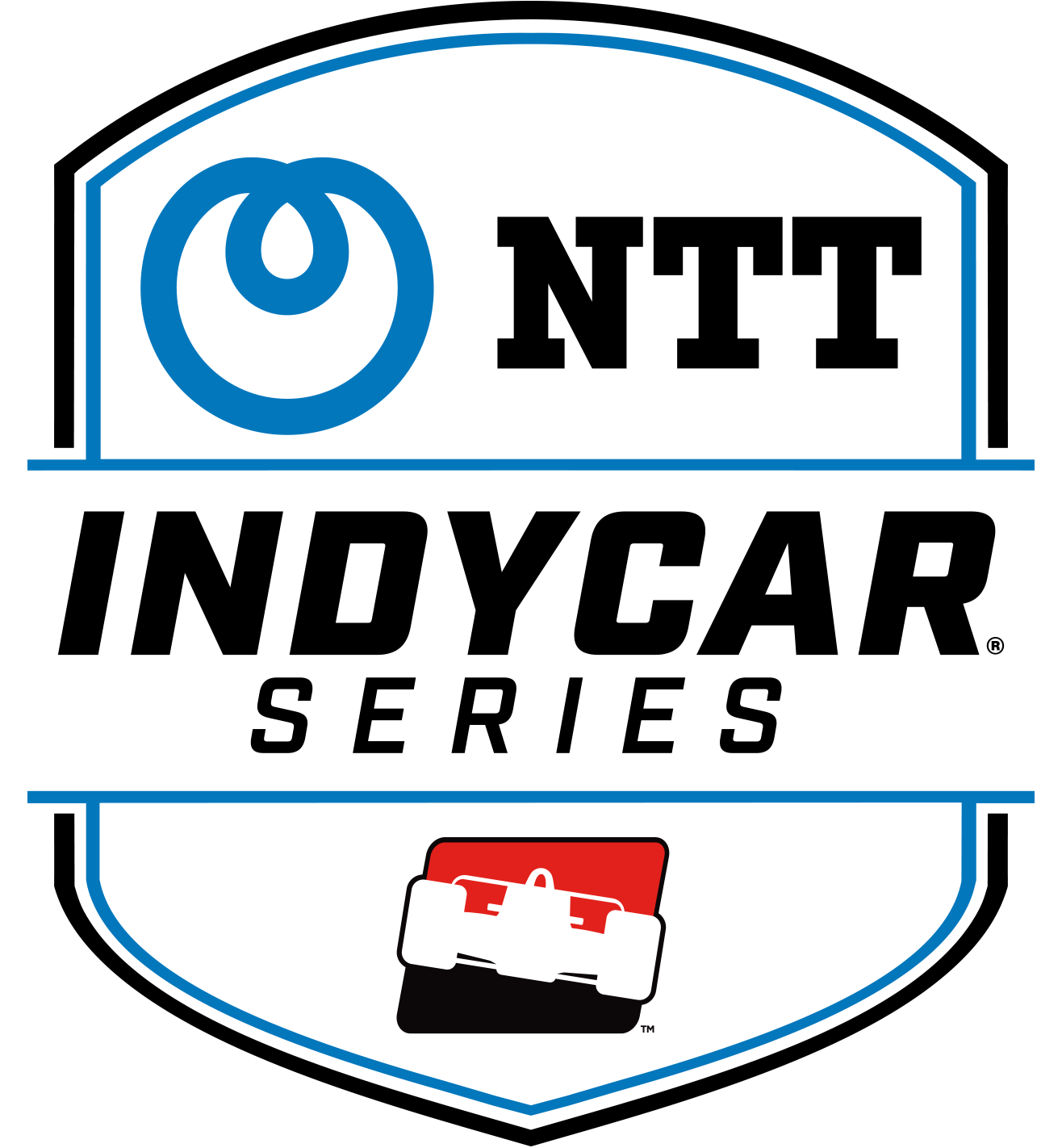INDYCAR and COTA, together at last
MAR 20, 2019
If the INDYCAR Spring Training at Circuit of The Americas last month taught me anything, it’s to savor the moment.
Since 2012, when the track known as the acronym COTA opened, many have been waiting and hoping that the NTT IndyCar Series would race at one of the premier tracks in the world. That wish is coming true this weekend with the INDYCAR Classic.
The 3.41-mile, 20-turn circuit is unlike any other world-renowned track designer Hermann Tilke has built, in my opinion. The opening corner presents a daunting uphill climb that rivals that of the Texas Giant roller coaster at Six Flags. Several sections of COTA were inspired by some of the greatest tracks in the history of motorsports. The offset esses in the first sector are similar to Suzuka in Japan. Other areas compare favorably to Germany’s Hockenheim and even Silverstone’s Maggotts-Becketts-Chapel sequence in England.
Through it all, though, COTA has found a way to maintain its originality.
Being from the Dallas-Fort Worth area, Texas Motor Speedway has always been my home track. But the venue that is roughly a three-hour drive south on Interstate 35 to Austin definitely caught my attention over the years.
I’ve been fortunate enough to cover Formula One and FIA World Endurance Championship events at COTA, but nothing was quite as unique as witnessing Indy cars take to it for the first time at the two-day open test in February.
On the last day, I finally had a chance to break away from the media center and wander. The paddock setup was like every typical track, but as I turned the corner to head to pit lane, that moment happened.
As I walked along the parallel path of the long front straightway, everything went into slow motion.
You know those scenes in movies where the main character experiences that dramatic moment, when sound fades and they reach a point of serenity before the final battle? Yeah, it was something like that.
The team timing stands were full of activity. Some drivers leaned on the temporary pit road wall, each moving his hands as much as their mouths providing feedback to their respective engineers. Others were on track trying to find the limit.
Then I glanced over as I heard the roar of an engine – the No. 26 Gainbridge Honda of Andretti Autosport driver Zach Veach – and smoke poured off the rear Firestone tires as he launched from the pit box and set out for another trial run. Veach quickly became a silhouette in my vision as further down and on track I observed the likes of Graham Rahal and Will Power zipping by and pressing up the hill toward Turn 1.
Instantly, everything rushed back to normal time and I realized that all the talk and curiosity about INDYCAR and COTA were finally over: They’re together at last.
Now, I have no clue what we are in for with the first INDYCAR Classic on Sunday (1 p.m. ET, NBCSN and Advance Auto Parts INDYCAR Radio Network). The preferred line to run seems to differ driver to driver, and each one navigates every sector differently. Rookie Colton Herta paced three of four test sessions, but you can never discount Scott Dixon, Will Power, Alexander Rossi, etc.
The point being, it is really anyone’s game.
The debut of the universal aero kit last season tightened an already ultra-competitive racing product and added a new element of excitement, especially on road and street circuits. At COTA, the cars will no doubt be dancing on track as if they were doing the Texas two-step.
It seems appropriate that Austin is labeled the “Live Music Capital of the World,” since the NTT IndyCar Series is about to bring the tuned harmony of 700 horsepower in a couple days.






















